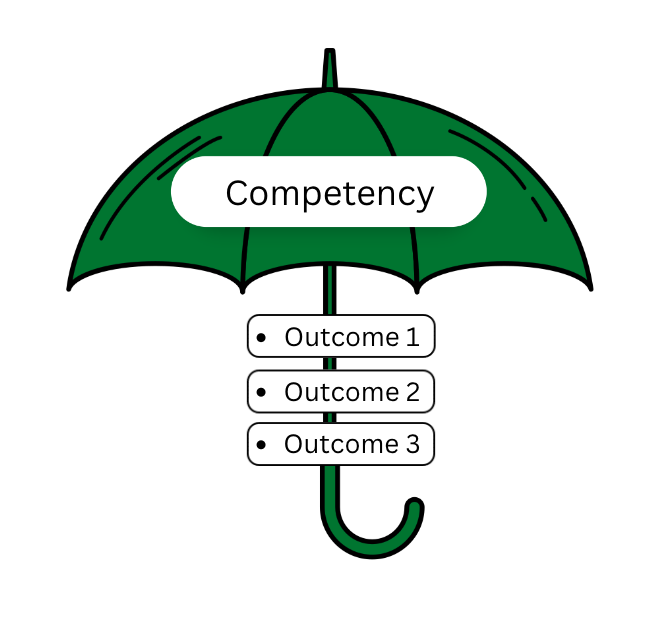The Course Design Process
If you have made it through one or more university degrees, it is likely that you have wondered why some courses appeared almost entirely unplanned, while others were highly structured and obviously planned well in advance. If you have ever been a teaching assistant or an instructor, it is likely that you thought about how to plan a course so that students, like you did in the past, get the most from it. This can be a daunting thought for a first time instructor, or for an instructor who wants to try something different while planning next term’s courses. Luckily, others have thought about this a great deal, and there is a process that can be followed by instructors to help make designing courses manageable and a bit easier.
The instructional design team at the GMCTE recently developed a series of resource pages on its website for instructors in the process of planning a course. The pages are based on the GMCTE’s Course Design Institute and are divided into four, easy to follow steps.
Each step includes explanatory videos and templates you can download and use to plan your course:
- Step one looks at the process of analyzing the needs of your students and the context in which they are learning.
- Step two introduces you to writing effective learning outcomes and setting standards of assessment.
- Step three takes you through the final design phase, including what is constructive alignment, how best to organize content and choose effective teaching strategies, and information about composing your syllabus.
- Step four is the implantation of the prior steps. This step includes a link to resources on our site that can help you assess how well your course works for your students.
For more insight into this process, you can view the video below, which presents some ideas about course planning by Jay Wilson from the College of Education and Heather M. Ross from the Gwenna Moss Centre:
